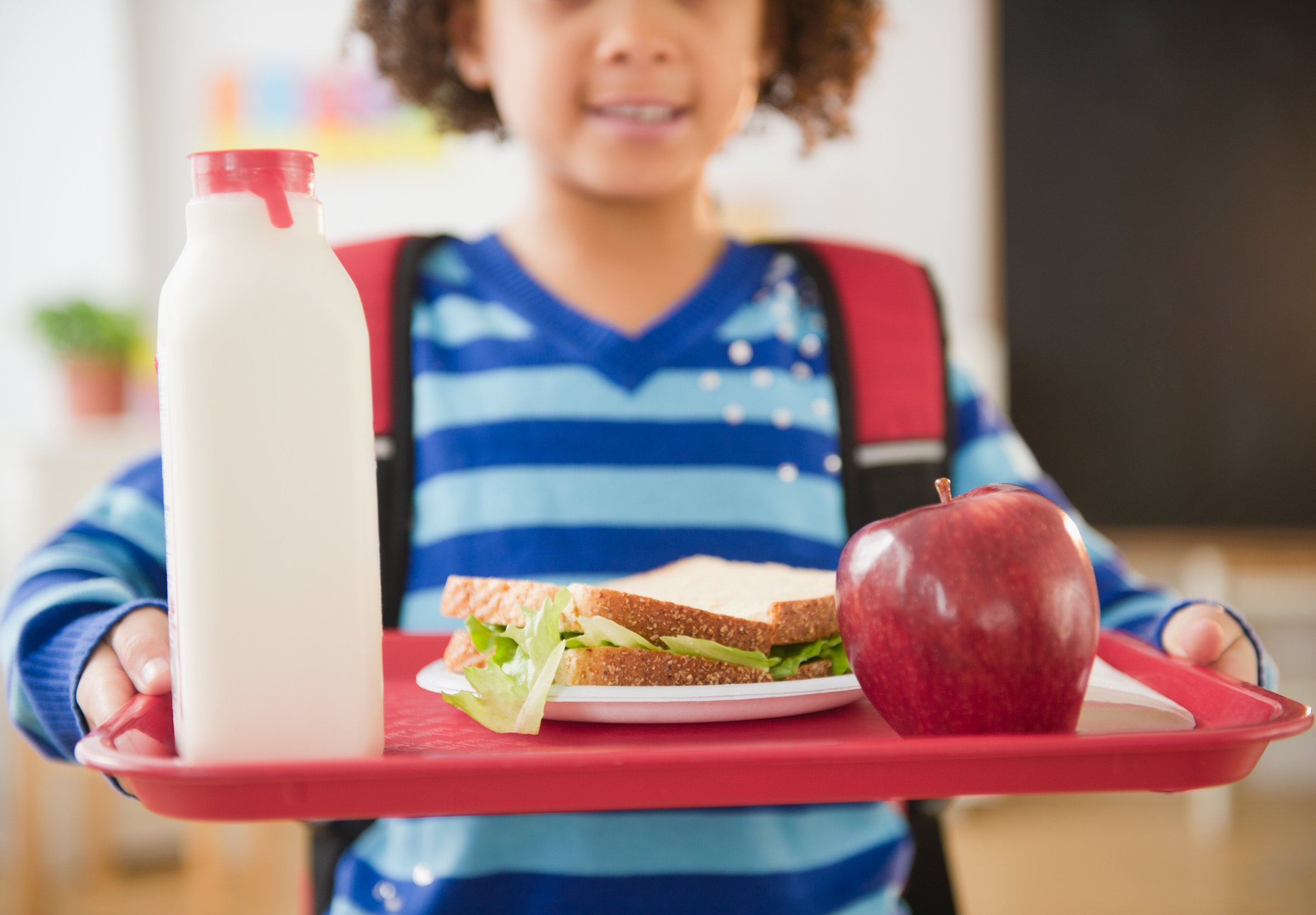
The government’s effort to encourage children to eat more fruit is working, a new study finds, and they’re throwing less food away too.
The study published Wednesday in Childhood Obesity concludes that since updated government-subsidized lunchroom guidelines aimed at getting kids to eat more nutritional meals went into effect in 2012, the percentage of students choosing fruit in the cafeteria increased from 54% to 66%. Children are also throwing away less food, with researchers noting that students ate 84% of their (healthier) entrees, up from 74% in 2012.
The results of the study, by researchers at the Rudd Center for Food Policy and Obesity at the University of Connecticut, are based on 12 middle schools in an urban school district. The researchers followed students beginning in spring 2012, when the Healthy, Hunger-Free Kids Act was implemented, to spring 2014.
Critics of the regulations have long claimed that students were throwing away the healthy food forced upon them in school, increasing both wastes and costs.
The School Nutrition Association, an advocacy group backed in part by major food companies, told the New York Times that the study was too narrow to prove anything conclusive. “We have lots of concerns about this study because, among other things, it only collected data on one day each year at these schools,” said Diane Pratt-Heavner, a spokeswoman for the association.
But researchers argue that while this was a limitation of the study, the fact that 17 different entree options were offered across 36 days negates the concern that an extremely popular entree day, like Pizza Day, could skew the findings. The researchers concluded: “The new requirement for students to select a fruit or vegetable with each lunch is an effective strategy to improve the nutritional quality of school meals.”
Read Next: The 50 Healthiest Foods of All Time (With Recipes)
More Must-Reads From TIME
- Dua Lipa Manifested All of This
- Exclusive: Google Workers Revolt Over $1.2 Billion Contract With Israel
- Stop Looking for Your Forever Home
- The Sympathizer Counters 50 Years of Hollywood Vietnam War Narratives
- The Bliss of Seeing the Eclipse From Cleveland
- Hormonal Birth Control Doesn’t Deserve Its Bad Reputation
- The Best TV Shows to Watch on Peacock
- Want Weekly Recs on What to Watch, Read, and More? Sign Up for Worth Your Time
Write to Eliana Dockterman at eliana.dockterman@time.com